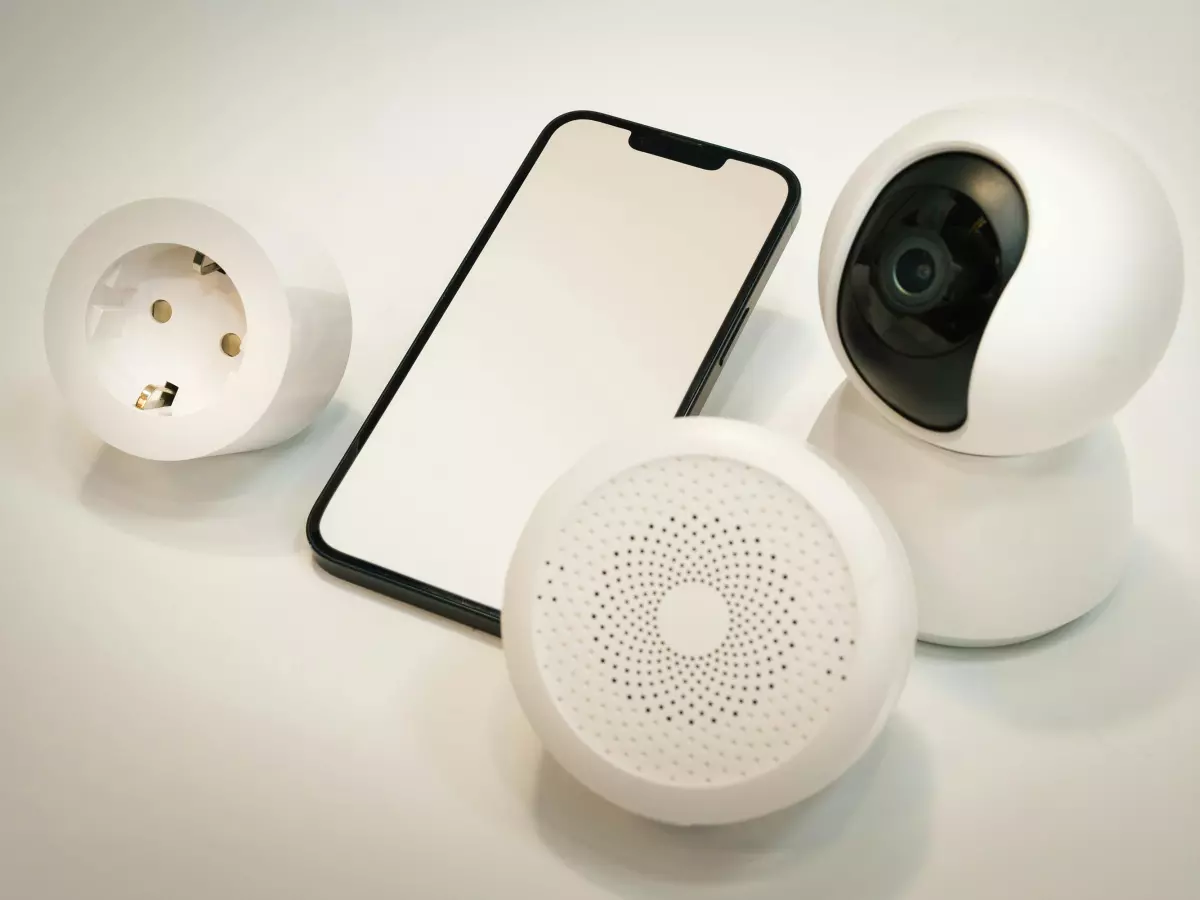Beyond Wi-Fi
For years, we've been told that Wi-Fi is the lifeblood of smart homes. But what if I told you that your smart home devices don't actually need Wi-Fi to function? Yeah, I know—mind blown, right?

By Marcus Liu
Picture this: You're lounging on your couch, sipping a cup of coffee, and your smart home is humming along perfectly. Your lights dim, the thermostat adjusts, and your security cameras are keeping an eye on things—all without a single Wi-Fi signal in sight. Sounds like a scene from a futuristic sci-fi movie, right? But it's not. Welcome to the world of smart home devices that don't rely on Wi-Fi.
For years, Wi-Fi has been the go-to connectivity standard for smart home devices. It's everywhere, it's convenient, and most of us already have it set up in our homes. But here's the kicker: Wi-Fi isn't always the best option for smart home devices. In fact, it can be downright problematic. From range issues to network congestion, Wi-Fi has its fair share of limitations. And that's where alternative connectivity standards come into play.
Enter Zigbee, Z-Wave, and Thread
Let's talk about the unsung heroes of smart home connectivity: Zigbee, Z-Wave, and Thread. These low-power, mesh-networking protocols are designed specifically for smart home devices, and they're giving Wi-Fi a serious run for its money. Unlike Wi-Fi, which can get bogged down by multiple devices and heavy data usage, these protocols are built to handle the unique demands of smart homes.
Take Zigbee, for example. It's a low-power, low-data-rate protocol that's perfect for devices like smart lights, sensors, and locks. Because it operates on a mesh network, each device can communicate with others, extending the range and reliability of your smart home setup. No more worrying about whether your Wi-Fi signal can reach the far corner of your house—Zigbee's got you covered.
Then there's Z-Wave, which operates on a different frequency band than Wi-Fi, meaning it avoids interference from your other wireless devices. Like Zigbee, Z-Wave also uses a mesh network, allowing devices to communicate with each other and extend the network's range. It's especially popular for security systems and smart locks, where reliability is key.
And let's not forget Thread, the new kid on the block. Thread is designed to be even more efficient than Zigbee and Z-Wave, offering faster response times and better energy efficiency. Plus, it's IP-based, meaning it can easily integrate with other internet-connected devices. With Thread, your smart home devices can communicate directly with each other without needing a central hub or Wi-Fi router.
Why Wi-Fi Isn't Always the Best Choice
So, why are these alternative protocols gaining traction? Well, for starters, Wi-Fi has some serious drawbacks when it comes to smart homes. While it's great for high-bandwidth activities like streaming video or gaming, it's not always ideal for low-power devices like sensors or light bulbs. Wi-Fi can drain battery life quickly, and its range is often limited, especially in larger homes.
Another issue with Wi-Fi is network congestion. If you've got a bunch of smart home devices all trying to connect to the same Wi-Fi network, things can get crowded fast. This can lead to slower response times, dropped connections, and general frustration. And let's be real—nobody wants to deal with that when they're just trying to turn on a light or adjust the thermostat.
On the other hand, protocols like Zigbee, Z-Wave, and Thread are specifically designed to handle the unique demands of smart homes. They're low-power, meaning they won't drain your devices' batteries as quickly, and they operate on mesh networks, which can extend their range and improve reliability. Plus, because they don't rely on Wi-Fi, they're less likely to be affected by network congestion or interference from other devices.
The Future of Smart Home Connectivity
So, does this mean Wi-Fi is on its way out in the world of smart homes? Not necessarily. Wi-Fi still has its place, especially for high-bandwidth devices like smart cameras or streaming hubs. But for many other smart home devices, alternative protocols like Zigbee, Z-Wave, and Thread are becoming the go-to options.
In fact, we're already starting to see more and more smart home devices that support multiple connectivity standards. Take the Matter protocol, for example. Matter is designed to be a universal standard that allows smart home devices to communicate with each other, regardless of whether they're using Wi-Fi, Zigbee, Z-Wave, or Thread. This kind of interoperability is the future of smart homes, and it's going to make it easier than ever to build a smart home that works seamlessly.
So, the next time you're setting up a smart home device, don't just default to Wi-Fi. Consider whether an alternative protocol might be a better fit for your needs. You might be surprised at how much more reliable and efficient your smart home can be without relying on Wi-Fi.
History Repeats Itself
Remember when Ethernet cables were the only way to connect to the internet, and Wi-Fi seemed like a futuristic luxury? Well, we're at a similar crossroads now. Just as Wi-Fi revolutionized how we connect to the internet, protocols like Zigbee, Z-Wave, and Thread are revolutionizing how our smart homes operate. The future of smart home connectivity is here, and it doesn't need Wi-Fi to thrive.





